Our goal is to boost our research output for 2024 by √2 over our previous year. We measure our research output by SNIP points, which are described in our Journals page. Help us reach our target of 40 points for this year.
Concept
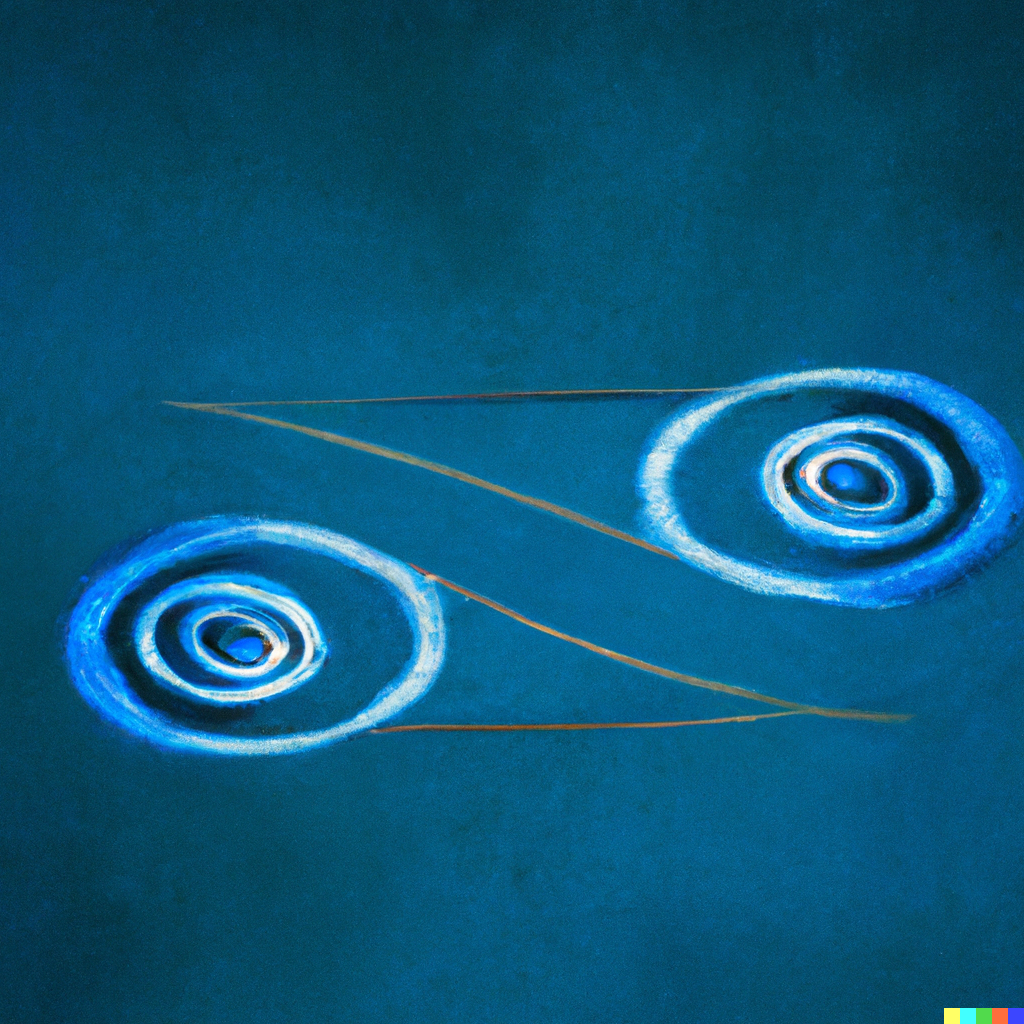
Scattering amplitude dynamics
We review classical gravitational dynamics derived from quantum field theoretic scattering amplitudes, a tool used in detecting gravitational waves.
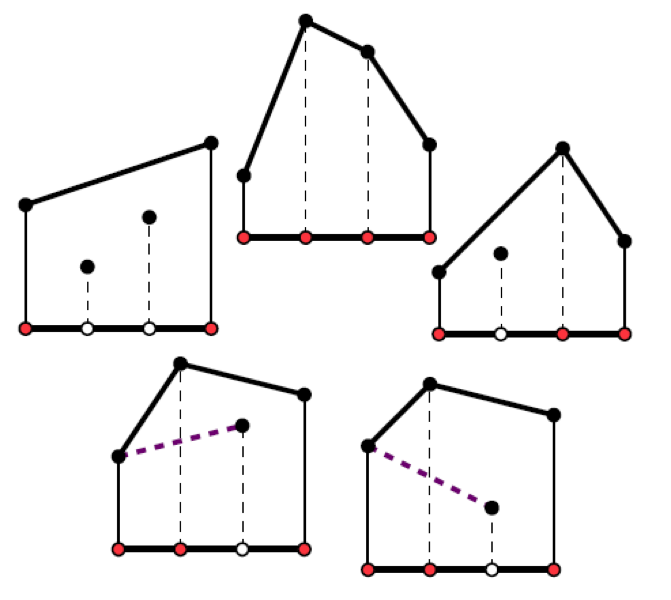
Morse discriminant combinatorics
The rich combinatorics of the recently-computed Newton polytope of the Morse discriminant provides insights on connections between algebra, geometry and combinatorics.
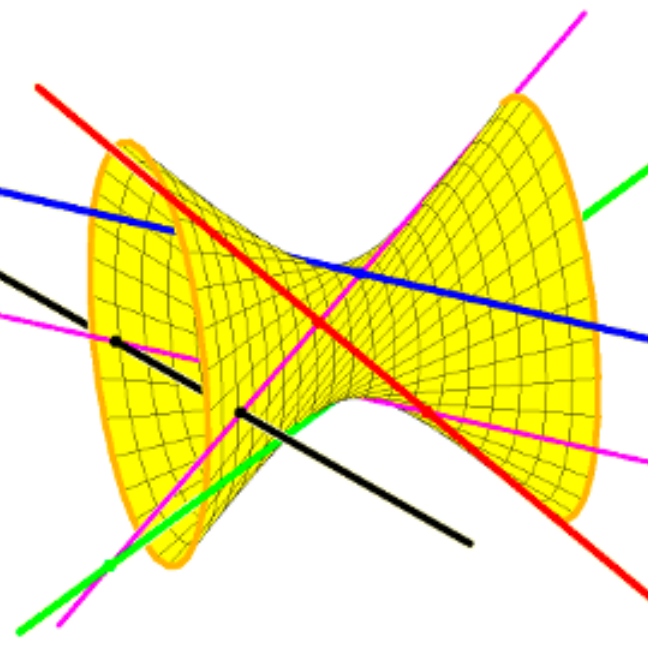
Geometry
Multiple solutions of enumerative
In enumerative geometry, when constraints, such as lines, are in special positions, several solutions of a problem collide to form a multiple solution.
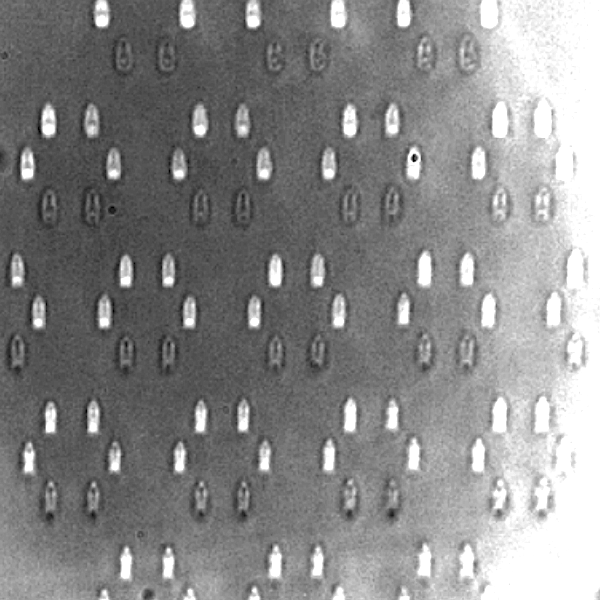
Topological photonics
Topological protection
Ideas from topology are used to show the protection of quantum state density matrix elements, revealing new applications of topological photonics.
Gravitational interactions of massiv
Formulating, for the first time, field theories for massive higher-spin particles for the potential application to black-hole dynamics.
Drafts

Immortality unleashed
Ageing does not confer a benefit toward natural selection in a changing environment.

Irreducibility via Gram determinants
A combination of techniques proves the irreducibility of unitary representations of infinite-dimensional groups based on Gram determinants.

Number theory
Recursive divisor properties
The recursive divisor function is found to have a simple generating function, which leads to a number of new Dirichlet convolutions.
Learning Gibbs measures
Even when the dynamics of a glass combine into a single metastable state, we can still learn the couplings accurately.
Singularities of discriminants
Investigating to what extent Whitney's theorem holds true for more general universal polynomials such as A-discriminants by Gelfand, Kapranov and Zelevinsky.
Condensed matter theory
Odd topological kinks
Topological kinks in matter with non-reciprocal bonds that do not conserve energy can be studied through experiment, simulations and theory.
Elliptical murmurations
Investigating oscillating patterns for Dirichelt coefficients of low-degree arithmetic L-functions gives insight into this newly-discovered phenomena.
Chiral photon states
Bound states with π flux
The interplay between the interactions and chirality of bound photons reveals insight into, and can even predict new physics.
Design and interpretation of transcr
Graph models representing the steps in transcription factor screens reveal the most costly error sources and most promising set of factors.
Algebraic geometry
Topology of tropical polynomials
Tropical geometric objects share many characteristics with classical algebraic geometry objects. We study this correspondence for the topology of polynomials.
MSSM vacuum structure
On the vacuum structure of the minimal supersymmetric standard model, which considers only particle states and interactions consistent with reality.
Quantum transport
Quantum geometric tensor exploration to solve a variational problem of state transport in quantum nets.
Algebraic geometry
Three-manifolds
Pachner graphs for 3-manifold triangulation can be generated and analysed through the lens of network science.
Combinatoric Topological Strings
We find a physical interpretation, in terms of combinatorial topological string theory, of a classic result in finite group theory theory.
Arxiv

Theory of innovation
Recursive structure of innovation
A theoretical model of recursive innovation suggests that new technologies are recursively built up from new combinations of existing ones.

Number theory
Higher energies
Generalising the recent Kelley–Meka result on sets avoiding arithmetic progressions of length three leads to developments in the theory of the higher energies.
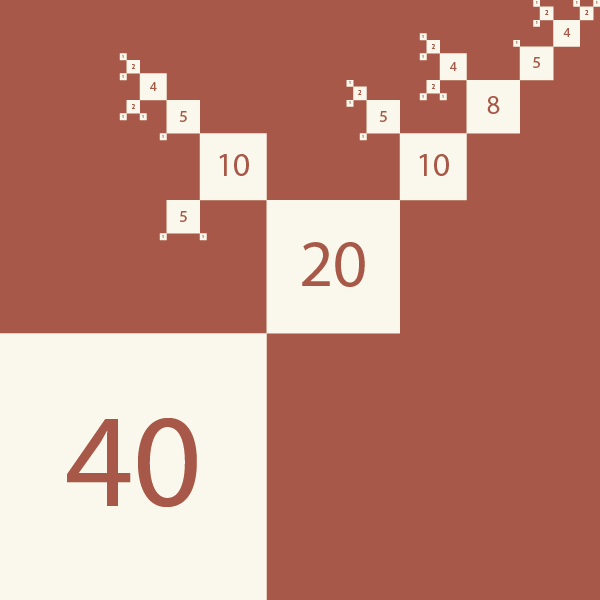
Number theory
Ample and pristine numbers
Parallels between the perfect and abundant numbers and their recursive analogs point to deeper structure in the recursive divisor function.
Machine learning
Speaking DNA
A family of transformer-based DNA language models can interpret genomic sequences, opening new possibilities for complex biological research.
Algebraic geometry
Symmetric spatial curves
The geometry of symmetric spatial curves reveals characterisations of general one-parameter families of complex univariate polynomials with fully-symmetric Galois groups.
Number theory
Recursive divisor properties
The recursive divisor function has a simple Dirichlet series that relates it to the divisor function and other standard arithmetic functions.
Evolvability
Flowers of immortality
The eigenvalues of the mortality equation fall into two classes—the flower and the stem—but only the stem eigenvalues control the dynamics.
Condensed matter theory
Counting free fermions
A link between the statistical properties of free fermions in one dimension when either half- or alternating- states are initially occupied.
Computational linguistics
Cross-lingual knowledge
Models trained on a Russian topical dataset, of knowledge-grounded human-human conversation, are capable of real-world tasks across languages.
Slight degeneration
Newton polytopes are used to study systems of general polynomial equations, which consist of given monomials with generic coefficients. We describe what happens to solutions of these systems when the coefficients slightly degenerate.
Gravity
QFT illuminates Kerr black holes
Classical Kerr amplitudes for a rotating black hole derived using insights from recent advances in massive higher-spin quantum field theory.
Gauge interactions
Formulating, for the first time, field theories for massive higher-spin particles for the potential application to black-hole dynamics.
Machine learning polytopes
A supervised machine of learning lattice polytopes predicts properties of volume, dual volume, and reflexivity with up to 100% accuracy.
Submitted home
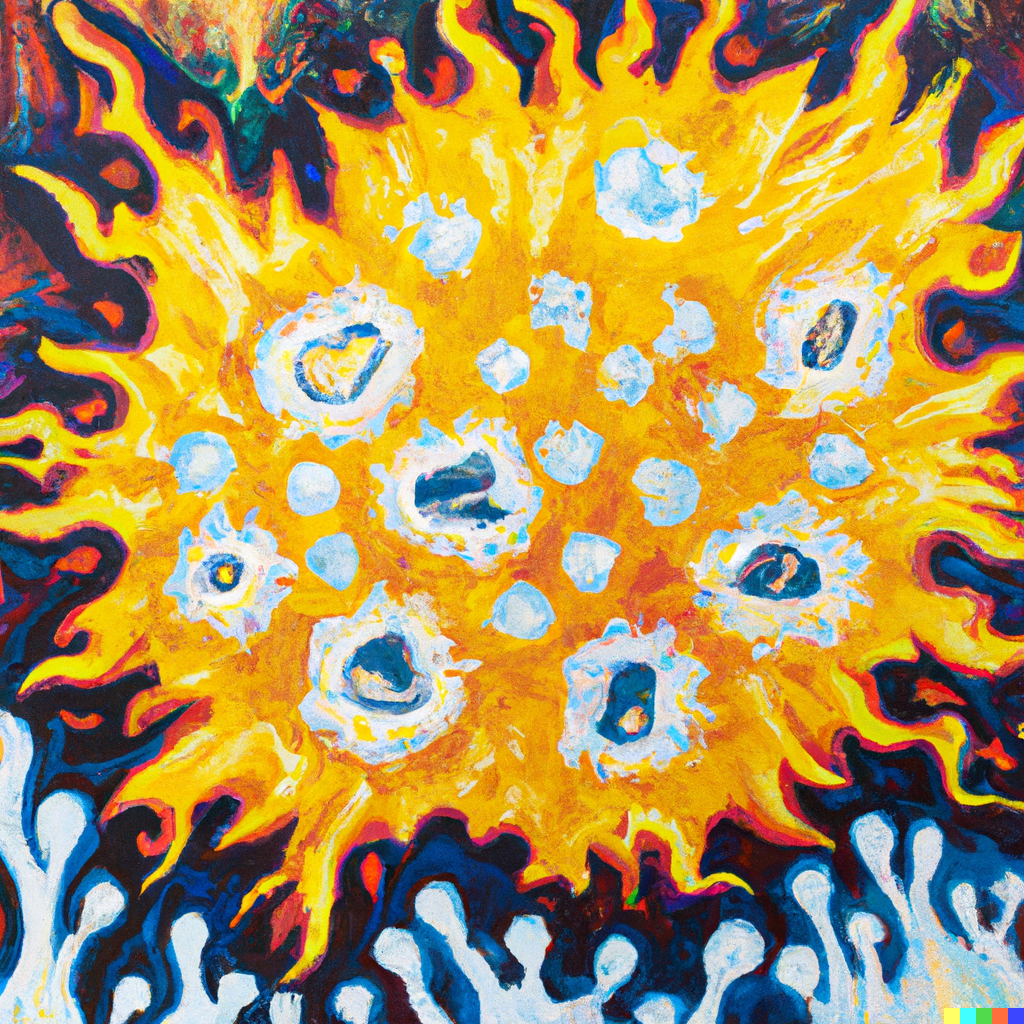
Synthetic biology
Cell soup in screens
Bursting cells can introduce noise in transcription factor screens, but modelling this process allows us to discern true counts from false.
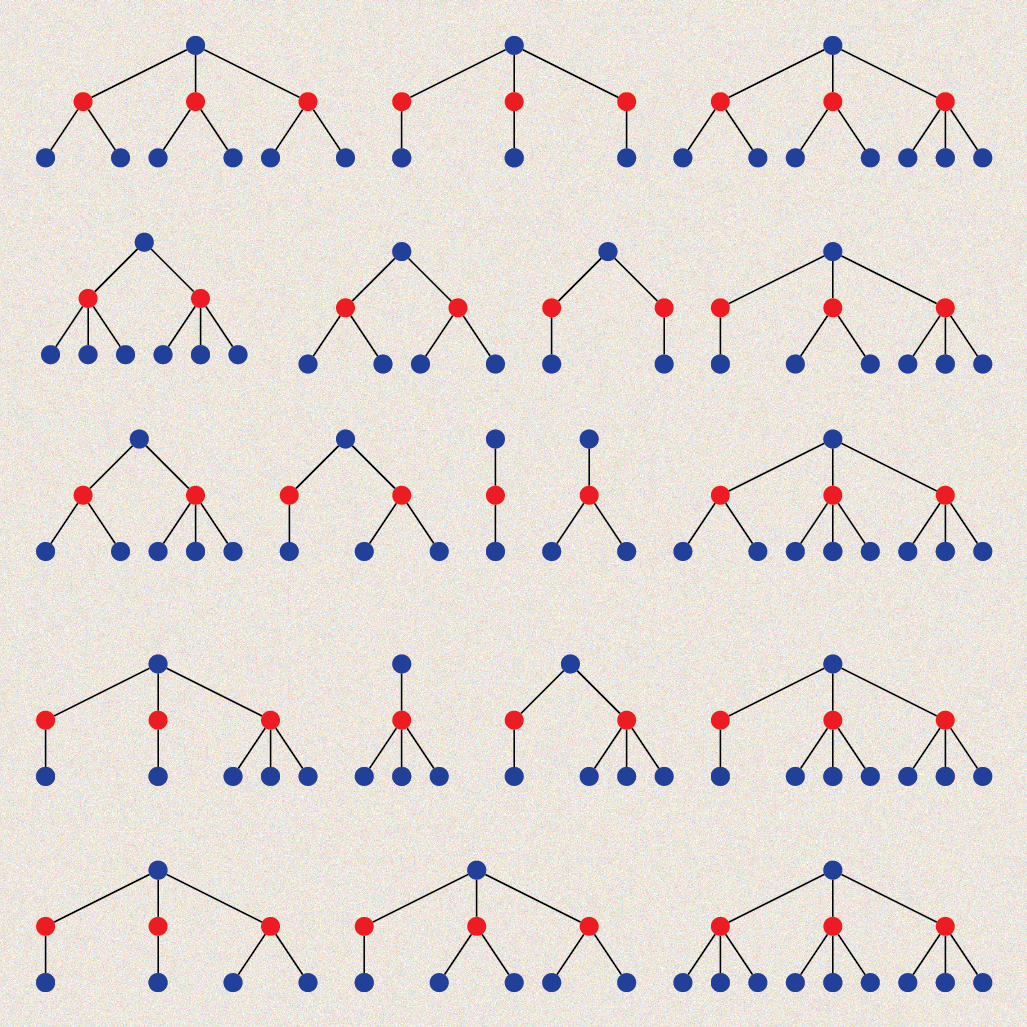
Combinatorics
In life, there are few rules
The bipartite nature of regulatory networks means gene-gene logics are composed, which severely restricts which ones can show up in life.

Evolvability
I want to be forever young
The mortality equation governs the dynamics of an evolving population with a given maximum age, offering a theory for programmed ageing.
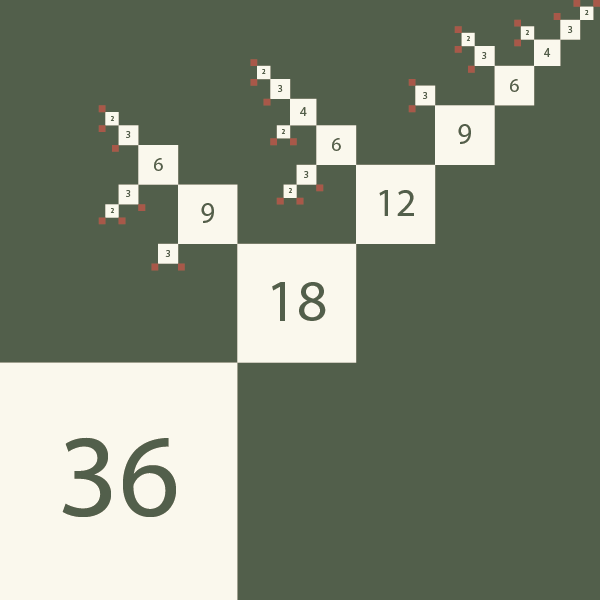
Number theory
Counting recursive divisors
Three new closed-form expressions give the number of recursive divisors and ordered factorisations, which were until now hard to compute.
Representation theory
Infinite dimensional irreducibility
The criteria of irreducibility of representations of the inductive limit of certain general linear groups acting on three infinite rows.
Submitted away
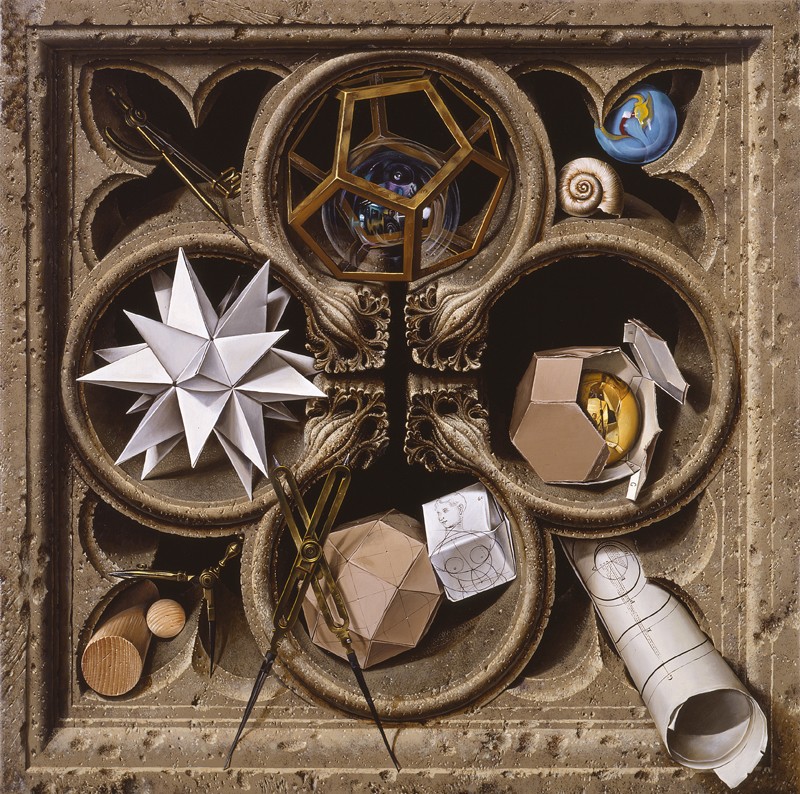
Combinatorics
Representation for sum-product
A new way to estimate indices via representation theory reveals links to the sum-product phenomena and Zaremba’s conjecture in number theory.

Number theory
Bounding Zaremba’s conjecture
Using methods related to the Bourgain–Gamburd machine refines the previous bound on Zaremba’s conjecture in the theory of continued fractions.

Linear algebra
Infinitely high parallelotopes
We demonstrate that the height of an infinite parallelotope is infinite if no non-trivial combinations of its edges belong to .
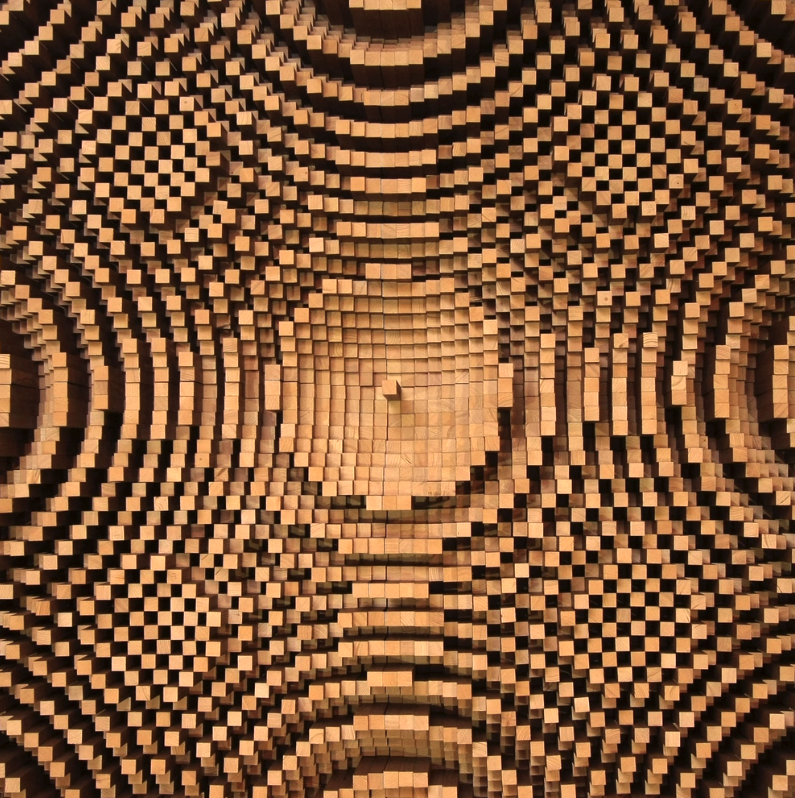
Combinatorics
Quadratic residues
Additive combinatorics sheds light on the distribution of the set of squares in the prime field, revealing a new upper bound for the number of gaps.
Machine learning
BERT enhanced with recurrence
The quadratic complexity of attention in transformers is tackled by combining token-based memory and segment-level recurrence, using RMT.
Free energy and learning
Using the free energy principle to derive multiple theories of associative learning allows us to combine them into a single, unifying framework.
Representation theory
Group representation irreducibility
A general approach to proving the irreducibility of representations of infinite-dimensional groups within the frame of Ismagilov's conjecture.
TBA
TBA
Number theory
Sum-product with few primes
For a finite set of integers with few prime factors, improving the lower bound on its sum and product sets affirms the Erdös-Szemerédi conjecture.
Condensed matter theory
A kicked polaron
Modelling the final state of a mobile impurity particle immersed in a one-dimensional quantum fluid after the abrupt application of a force.
Number theory
Reflexions on Mahler
With physically-motivated Newton polynomials from reflexive polygons, we find the Mahler measure and dessin d’enfants are in 1-to-1 correspondence.
Number theory
Elliptic curve murmurations
Certain properties of the bivariate cubic equations used to prove Fermat’s last theorem exhibit flocking patterns, machine learning reveals.
TBA
TBA
From words to blocks
Combining a language model with reinforcement learning enables object construction in a Minecraft-like environment from natural language instructions.
Published
Condensed matter theory
Strange kinks
A new non-linear mechanical metamaterial can sustain topological solitons, robust solitary waves that could have exciting applications.
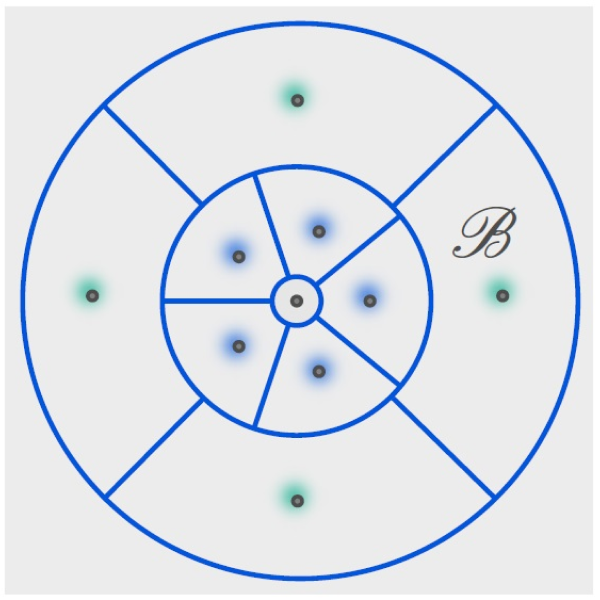
Permuting the roots
We combine topology of braids and tropical geometry to describe the Galois group of a typical rational function composed of prescribed monomials. The same new technique solves several similar multivariate problems.
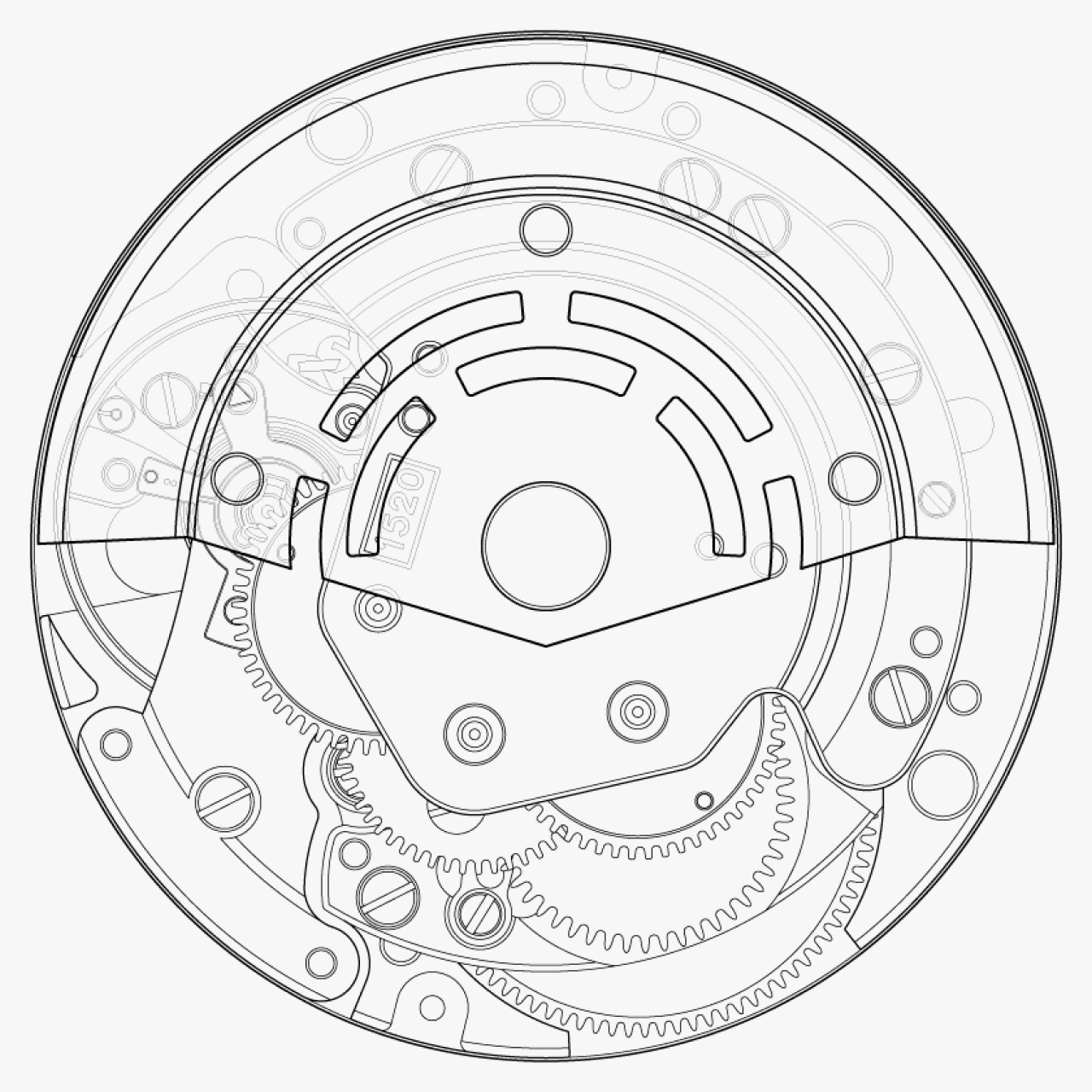
Statistical physics
Multiplicative loops
The dynamics of the Kauffman network can be expressed as a product of the dynamics of its disjoint loops, revealing a new algebraic structure.
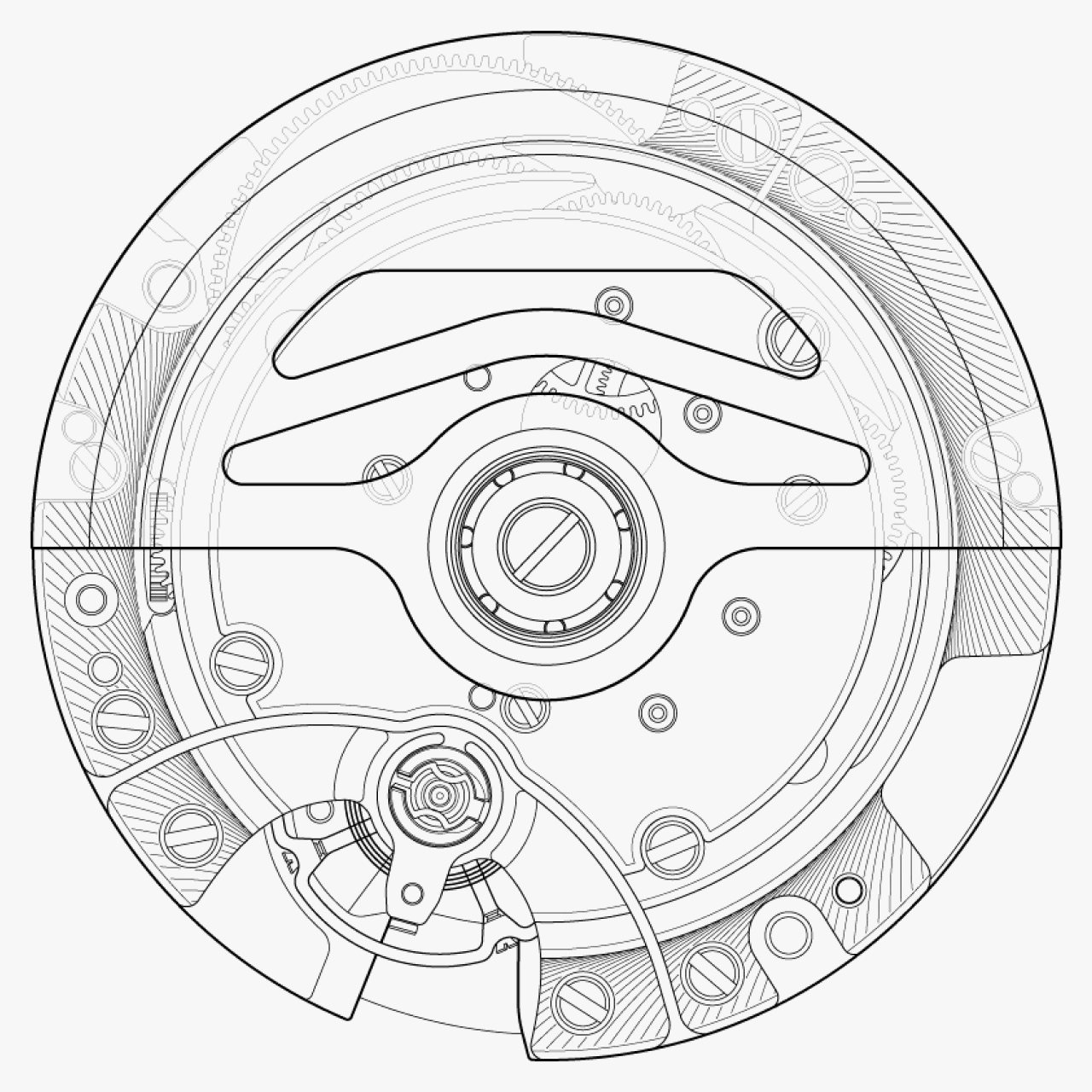
Statistical physics
Landau meets Kauffman
Insights from number theory suggest a new way to solve the critical Kauffman model, giving new bounds on the number and length of attractors.
Quantum field theory
PCM in arbitrary fields
The first exact solution for the vacuum state of an asymptotically free QFT in a general external field found for the Principal Chiral Model.
Machine learning
Beyond attention
Investigating recurrent memory augmentation of pre-trained transformer models reveals the scope for storage in memory of up to 2 million tokens.
Condensed matter theory
Spin-charge separation
A transformation for spin and charge degrees of freedom in one-dimensional lattice systems allows direct access to the dynamical correlations.
AI-assisted maths
AI for Sasakian manifolds
Topological quantities for the Calabi-Yau link construction of G2 manifolds are computed and machine learnt with high performance scores.
AI-assisted maths
Clifford invariants by ML
Geometric invariants of simply-laced Coxeter elements for ADEare computed then machine learned to very high accuracy.
